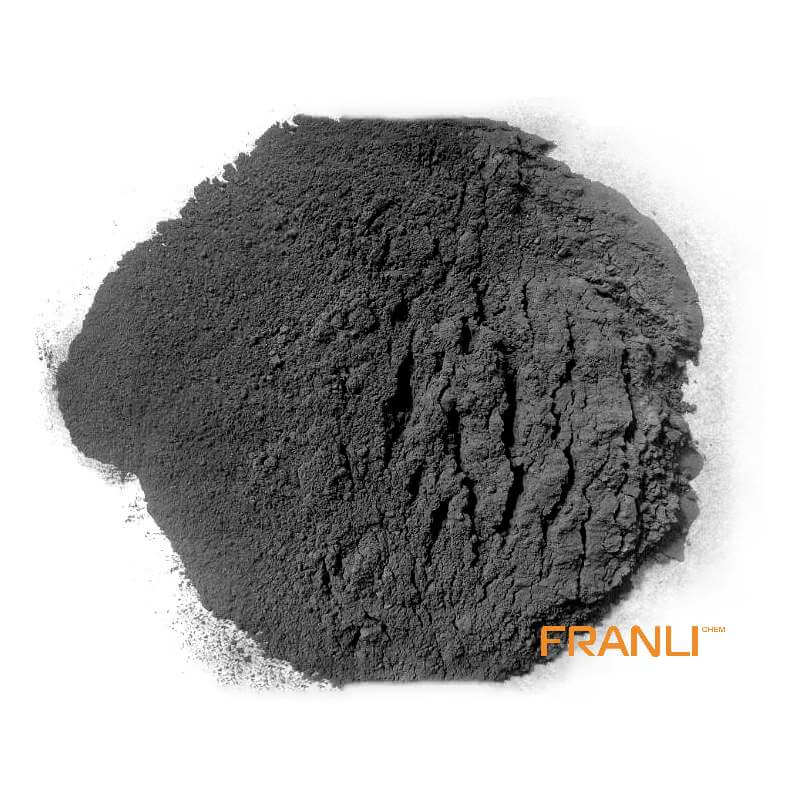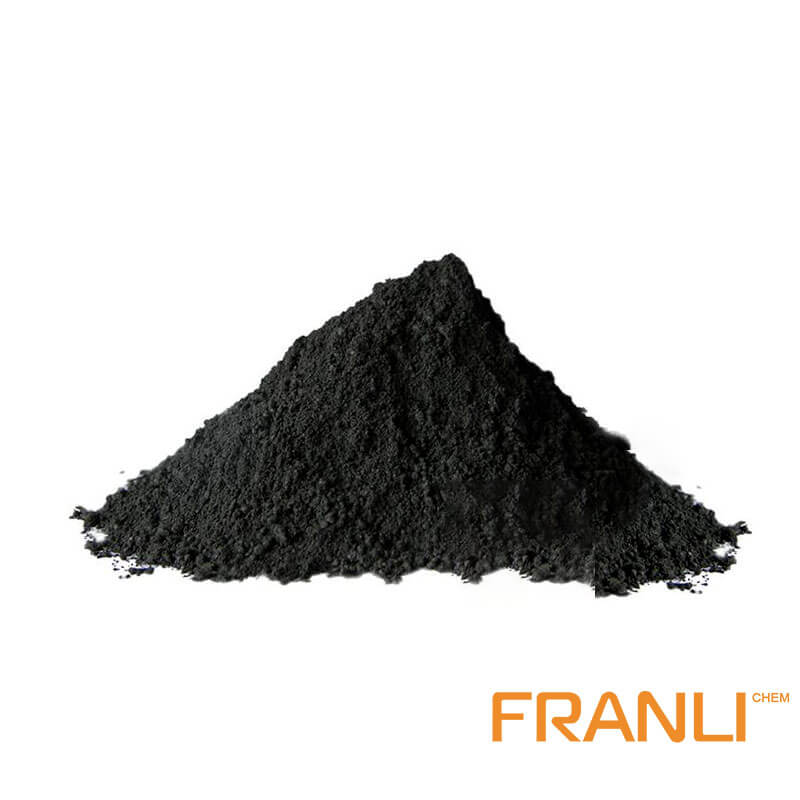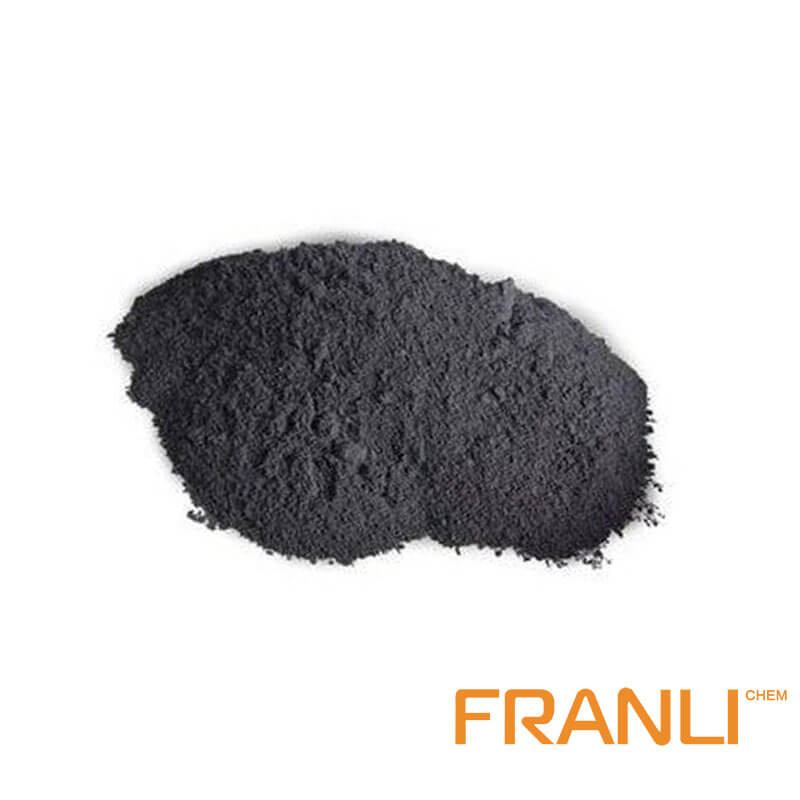


Artificial Graphite
Size
0.01mm or 0.07mm,etc
Package
25 kg small bags into ton bags or ton bags
Features
Good wear resistance, corrosion resistance, good thermal conductivity, etc.
Application
Can be used in making heat exchanger, reaction tank, absorption tower, etc.
There are many kinds of artificial graphite and different production processes. In a broad sense, all graphite materials obtained by carbonization of organic matters and treated by high temperature after being treated with graphite can be collectively referred to as artificial graphite.In the narrow sense, artificial graphite usually refers to the massive solid materials prepared by batching.
Request a quoteAs the negative electrode material of one of the four main materials of lithium-ion batteries, graphite directly determines the energy density and working voltage of the battery. Although silicon materials are gradually becoming industrialized, the current mainstream anode materials are still graphite-type anode materials, which have a low lithium intercalation potential during the reaction process. The deposition of metallic lithium dendrites is eliminated, so the safety is significantly improved.
Artificial graphite and natural graphite are the main materials of lithium-ion batteries. Artificial graphite is divided into MCMB (mesocarbon microspheres), soft carbon and hard carbon according to different processing techniques. The ideal graphite has a layered structure. The plane is similar to a benzene ring, and the planes are connected by large π bonds; it has a 2H-type hexagonal crystal system and a 3R-type rhombohedral crystal system.

Process of battery anode material graphite
For ideal graphite, its theoretical capacity is 372mAh/g, but in the actual battery design process, the negative electrode is generally excessive by 5%-10%. At the same time, the SEI film is formed during the first charging process to protect the negative electrode surface and prevent electrolysis.
The further reaction between the liquid and the negative electrode, and the quality of this film will directly affect the performance of the battery. As the lithium ion intercalation in the graphite negative electrode becomes deeper and deeper (Stage-4-Stage-1), the surface color of the negative electrode gradually changes, from black to blue-black to dark yellow and finally to golden yellow, and the graphite negative electrode also completed C —–LiC12—-LiC6 transformation, thus completing the charging process.

The difference between the main graphite materials
The difference in morphology between natural graphite and artificial graphite is that natural graphite has different particle sizes and wide particle size distribution. Untreated natural graphite cannot be used directly as a negative electrode material. It needs to go through a series of processing before it can be used, while Artificial graphite is much more consistent in morphology and particle size distribution; it is generally believed that natural graphite has high capacity, high compaction density, and relatively cheap price, but due to different particle sizes, there are many surface defects, which are not compatible with the electrolyte. The compatibility is relatively poor and there are many side reactions; while the artificial graphite has more balanced properties, good cycle performance, good compatibility with the electrolyte, and the price will be more expensive.
As the energy density of the battery increases, the capacity utilization rate of the graphite negative electrode is gradually approaching the theoretical value, and the compaction will also become higher and higher, which requires the stability of the graphite negative electrode to be improved accordingly. and coating is still a mainstream method of treatment. After modification, the structure and surface state of the graphite anode during the cycle can be protected, and the stability of the cycle can be enhanced. In addition, the introduction of metal and non-metal elements can also significantly Improve the performance of the negative electrode.



